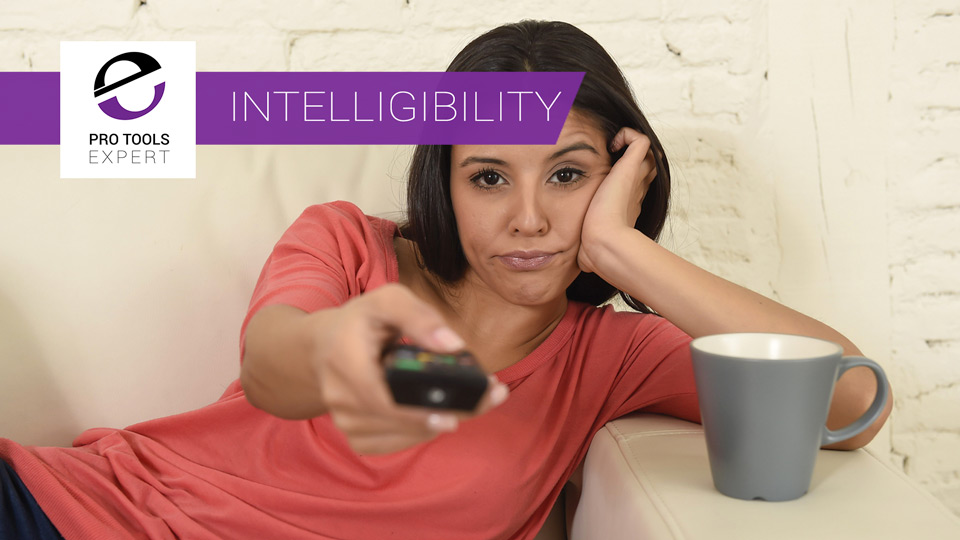Todd Anderson
Editor / Senior Partner
More
- Preamp, Processor or Receiver
- StormAudio ISP.24 MK2
- Main Amp
- Emotiva XPA-5
- Additional Amp
- Emotiva XPA Gen3 2.8 multichannel amp
- Other Amp
- Denon X8500H
- DAC
- THX ONYX
- Computer Audio
- AudioEngine A2+
- Universal / Blu-ray / CD Player
- Kaleidescape TERRA
OPPO UDP-203
Panasonic UB9000
- Streaming Equipment
- iFi Audio Zen Blue
- Streaming Subscriptions
- Spotify
- Front Speakers
- GoldenEar Technology Triton One.R
- Center Channel Speaker
- GoldenEar Technology SuperCenter Reference
- Surround Speakers
- GoldenEar Invisa MPX
- Surround Back Speakers
- GoldenEar Invisa MPX
- Front Height Speakers
- SVS Prime Elevation x4 (Top Front, Top Mid-Front)
- Rear Height Speakers
- SVS Prime Elevation x4 (Top Middle, Top Rear)
- Subwoofers
- Quad Array SVS SB16s
- Other Speakers
- Behringer 1124p; Aura Bass Shaker Pros; SuperSub X
- Screen
- Seymour Screen Excellence, Enlightor NEO AT Screen
- Video Display Device
- JVC NZ8
- Other Equipment
- Sony 65-inch A95L OLED
Sony 65-inch X900F
ZeroSurge 8R15W x 2
ZeroSurge 2R15W x 2
On a recent @Bright Side HT podcast, show guest Paul Hurt, a sound technician that mixes both music and TV material, joined host DJ Briggs with an interesting spin on reference volume levels.
Just a bit of background, but the reference levels we set our processors and AVRs to are typically either 75dB or 85dB, depending on whether you're following THX or Dolby standards. Those numbers are derived from being either -30dB or -20dB from a max SPL of 105dB, which gives sound engineers a wide amount of dynamic range to master everything from wispy wind and dialog to window-rattling explosions.
The idea is to calibrate your system so that your speakers are channel leveled to either 75 or 85dB at the primary listening positing in a room. Thus, when you turn your volume knob to "0" on a relative volume scale, you're operating at reference level, meaning that you're hearing the content - from the whisper quiet to the loud - at a loudness level that a mixer intends you to experience.
Short end of the story is that Paul says reserach in psychoacoustics in small rooms says that a loud sound (say, 75dB) sounds louder in a small room than a large room (like a theater). Thus, mixers have found that reference minus 6dB is the best level for reference mixing. Thus, if you want a reference experience, you should be gunning for -6dB on your receiver or processor.
DJ can chime in here. Hopefully we can Paul to join the thread and talk shop about this.
In the mean time, curious to hear thoughts!
Just a bit of background, but the reference levels we set our processors and AVRs to are typically either 75dB or 85dB, depending on whether you're following THX or Dolby standards. Those numbers are derived from being either -30dB or -20dB from a max SPL of 105dB, which gives sound engineers a wide amount of dynamic range to master everything from wispy wind and dialog to window-rattling explosions.
The idea is to calibrate your system so that your speakers are channel leveled to either 75 or 85dB at the primary listening positing in a room. Thus, when you turn your volume knob to "0" on a relative volume scale, you're operating at reference level, meaning that you're hearing the content - from the whisper quiet to the loud - at a loudness level that a mixer intends you to experience.
Short end of the story is that Paul says reserach in psychoacoustics in small rooms says that a loud sound (say, 75dB) sounds louder in a small room than a large room (like a theater). Thus, mixers have found that reference minus 6dB is the best level for reference mixing. Thus, if you want a reference experience, you should be gunning for -6dB on your receiver or processor.
DJ can chime in here. Hopefully we can Paul to join the thread and talk shop about this.
In the mean time, curious to hear thoughts!










